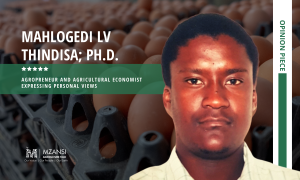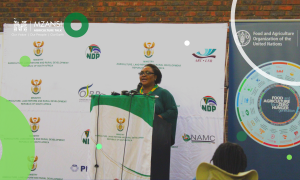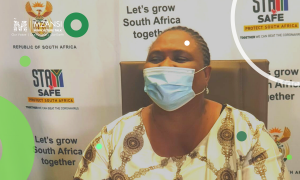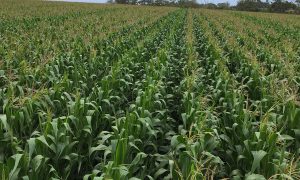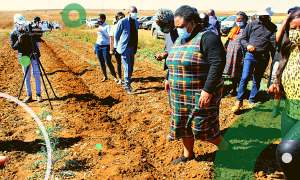By Ms Fezeka Matebeni and Dr Sifiso Ntombela
Statistics South Africa (StatsSA) released the economic growth figures for the first quarter of 2022 on 7 June 2022. StatsSA reported that the South African economy grew by 1.9% in the first quarter (January–March) of 2022. This comes after the 1.4% increase recorded in the fourth quarter of 2021. The latest growth rates pushed the country’s economy back to its pre-Covid 19 levels, implying the economy is recovering from the impact of the pandemic. Eight of the ten industries recorded positive gains in this quarter, with manufacturing increasing by 4.9%, trade, catering, and accommodation industries increasing by 3.1%, making the largest contributions to economic growth. The agriculture, forestry and fishing industry also performed relatively well, increasing by 0,8%. While, mining and construction contracted by 1.1% and 0.7% respectively. Household consumption expenditure increased by 1.4%, spending on restaurants increased by 6.5% and an increase of 2.5% was recorded on food spending.
Agriculture shows resilience despite some challenges
Since the outbreak of the Covid-19 pandemic in 2019, agriculture has been amongst the best performing sectors in the country’s economy. However, in 2022, the sector has battled with the biosecurity issues such as the outbreak of locust that impacted crops and Foot-and-Mouth (FMD) disease that affected the exports and sales of animals and animal products such as beef and wool. The conflict between Russia and Ukraine also added pressure on South Africa’s agriculture because of the increasing trade relations between South Africa and Russia. The above average rainfall and operational efficiency challenges at the Durban and Cape Town ports were amongst factors that impacted the performance of the agricultural sector at the start of 2022. The Port of Cape Town alone handles 40% of South Africa’s agriculture and agro-processing products exports, and any disruption in this port tends to negatively impact agricultural trade.
Despite the aforementioned challenges, the agricultural sector managed to record a positive growth rate of 0.8%, which reflects the resilience and agility of South Africa farmers, agro-processors and service providers in the sectors. The regulatory and market services provided by government to the sector are also assisting to enhance the competitiveness and growth rate of the sector. However, better farmer support in terms of mitigating the climate and weather risks through state subsidised insurance, access to affordable productions loans, and improvements in biosecurity measures to control diseases and pests affecting crops and animals will ensure the sector performs much better in the coming quarters. Some of these measures are contained in the recently signed sectoral social compact called the Agriculture and Agro-processing Master Plan. What is needed is the full implementation of measures contained in this plan to drive growth and assist the country to reduce the pace of rising food prices.
What can we expect?
The sector is set for one of the good years due to favourable climate condition, the expansion of planting crop production, as well as expectation of high harvest in horticulture. However, the ongoing Russia-Ukraine conflict coupled with increasing incidents of biosecurity breaches and the rising fuel and production inputs costs are the big risk to the sector and might negatively affect the performance of agriculture in the coming quarters of 2022. The agricultural sector is therefore projected to perform relatively poor in the next three quarters of 2022, provided clear and decisive measures are implemented as outlined the Master Plan.
Disclaimer: The views and opinions expressed in this article are those of the author. They do not purport to reflect the opinions or views of the National Agricultural Marketing Council (NAMC), Mzansi Agriculture Talk or its members.







